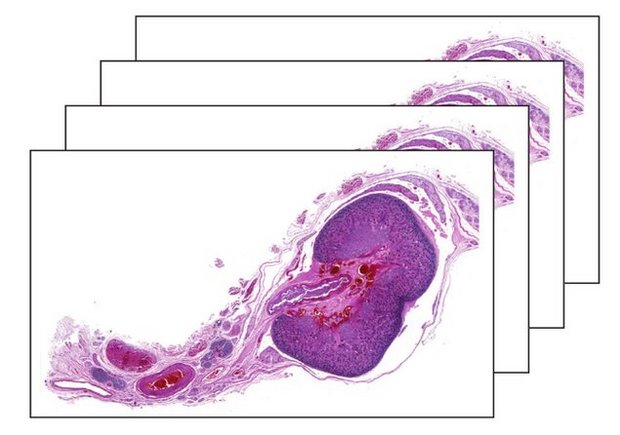
Your Data - the basis for your project
The input data - essential for quality results
While a 3-D reconstruction is in principle possible for any sequential image data, there are a few aspects to consider if you want to achieve the best quality for your reconstruction results.
This already starts with the specimen preparation.
The best way to optimize your results is to discuss your ideas with us before you start the prepartion process - for ideal resolution, reconstruction and visualization!

